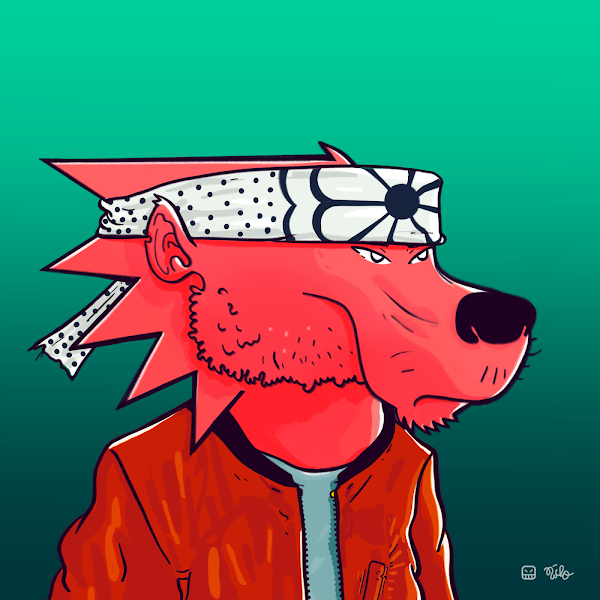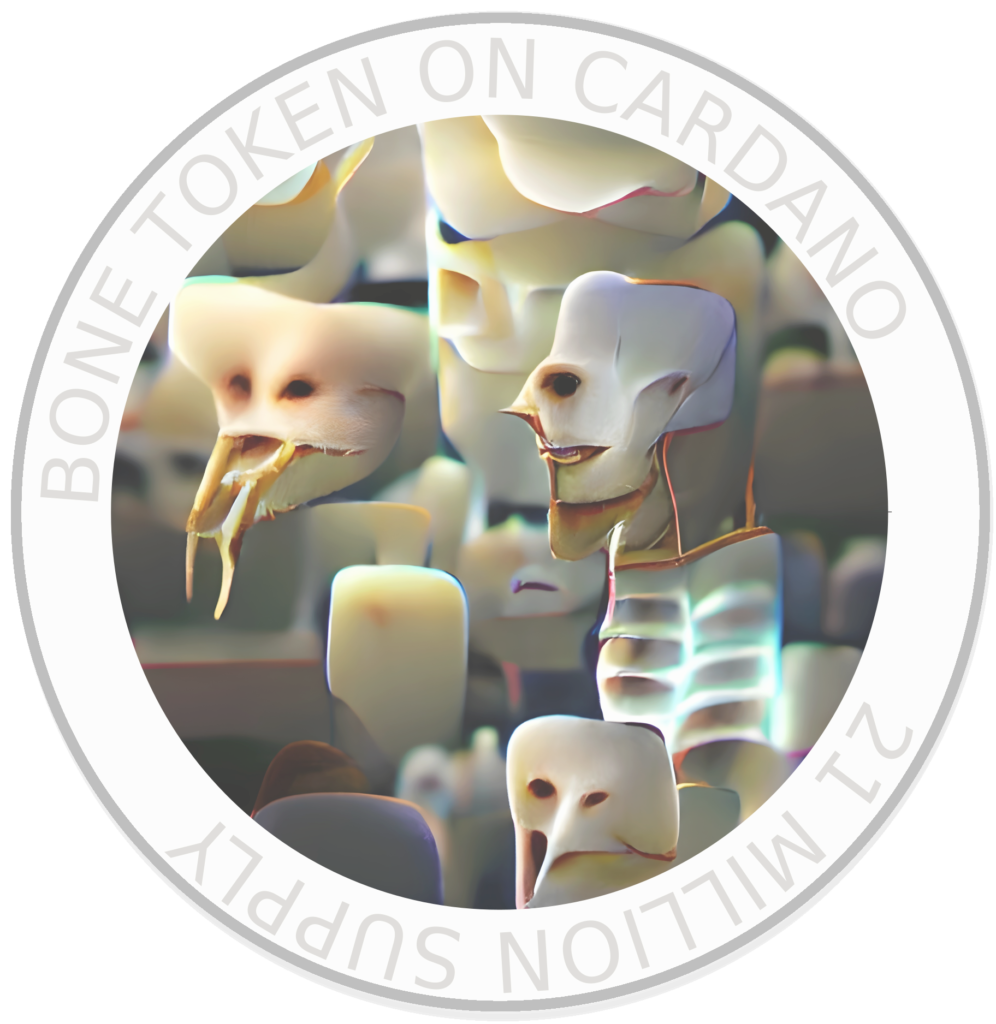Some Use Cases of Non-Fungible Tokens
Non-fungible tokens, or NFTs, are essentially unique blockchain tokens which reference a media. The said media often resides off-chain, but could also exist on-chain. For the past 12 months, NFTs have risen in popularity, giving birth to new industries and giving life to old industries. NFTs are more than a JPEG file; in this post we will explore their use cases.

Introduction
By way of introduction, the author of this article is an NFT collector, and more recently an NFT creator as well. (Unfortunately, they haven’t sold.) The author of this article also volunteers as community lawyer for some NFT communities. (You can find me on Twitter as @kevinkoosk)
For most people in crypto, NFTs came exploded into the public consciousness in 2017-2018, with projects like Cryptopunks and Cryptokitties.
The Cryptopunks are a collection of 10,000 “profile pictures”, which their collectors could use as a profile picture.
Whereas, the Cryptokitties is a game where kittens could be collected, and bred to create new kittens with new traits. The Cryptokitties were a hit, and soon children and teenagers were introducing their parents to Ethereum and blockchain, in their quest to buy more Cryptokitties. Cryptokitties could be considered one of the earliest NFT-based games.
Beginning with those two projects, things have changed and evolved, opening many possibilities for new projects.
2021: NFTs Relaunched and Reimagined
In 2021, NFTs became popular again, starting with the $69 million sale of NFTs by the artist Beeple to Metakovan. Visa, the credit card company, soon acquired a CryptoPunk for $150,000 in Ethereum. Many blockchains began incorporating NFTs and tokenization, and NFT marketplaces sprang up like mushrooms after the rain.
Beeple, the NFT artist (real name Mike Winklemann), had been creating digital art and posting it on social media for a long while. He often posted art daily, without any clear path to monetization. By selling his NFT piece, called “Everydays – the First 5,000 Days”, Beeple was able to unlock value in his works. The NFT was named after the 5,000 art pieces which were made by Beeple over a period of 13 years and combined together as a new piece.
Later, Beeple was revealed to be a business partner of MetaKovan, the art investor (real name Vignesh Sundaresah). MetaKovan’s company, MetaPurse, purchased a number of Beeple NFTs, alongside other digital assets, and bundled them into a product which was fractionalized and represented by B20 tokens. Beeple owns 2% of the B20 tokens, while MetaKovan owns 59% of them. (There might be come concern at this point, but it is reserved for another article.)
Since then, various NFT projects, and by extension metaverse projects, have captured the imagination of both collectors and creators. In the second half of 2021, a project known as the Bored Ape Yacht Club, also known as the BAYC, became one of the most popular and highly valued projects in the space.
So here are some of the use cases of NFTs. But, before that…

Just What is an NFT?
An NFT, as stated earlier, can be said to be a unique token, which references media. This media can be an image, as is often the case, but it could also be video clips, audio and music files, and even documents like PDFs.
The first NFT standard that became popular was the ERC721 standard, on the Ethereum blockchain. Nowadays, ERC1155 is also popular.
NFTs can be used to create tokens which confer certain rights to their holders. For most of the NFTs, that “right” is nothing more than the right to enjoy the art and beauty of the media which is attached to the token. But increasingly, there are new use cases, and new “utility” which is offered to token holders.
At this point, this is as simple as it gets to explain what an NFT is. But there is one more point…
NFTs can be created with supply.
An NFT can be created as a unique, single token. But it could also be created with a limited supply. This mimics the prints of famous paintings, in which a painter could create a limited number of prints of his painting. So, you might create 1,000 pieces of your art, in which every token would be exactly the sameas each other. This could be seen as a special use case, because it detracts from the non-fungibility aspect of NFTs, and in the Cardano community they have come to be called “FTs” or “fungible tokens”. But for most other communities such as Polygon, Ethereum and Tezos communities, they are still considered as NFTs.
Let’s dive into the use cases of NFTs.
NFTs as Profile Picture
NFTs can often be used as a profile picture by their token holders. Indeed, many are sold on this premise. When a person owns the profile picture NFT (also known as “PFP”), he or she has the right to put that NFT’s image as his or her social media profile.
NFTs as Community Identity
Many projects have followed the blueprint of the CryptoPunks, and more recently, the Bored Ape Yacht Club, to create their own “10k collection”. Some bring down that number to a few hundred, or a few thousand, pieces. These are commonly called “collectibles”, and the entire set of images are often called a “collection”.
A collection of NFTs, however, does not need to comprise of identical looking profile pictures. An artist could, for example, create a collection of unique artwork, and put them in a collection. A generative AI artist could create works with a similar theme and also group them in a collection.
What often happens is, holders of tokens from the same collection often establish themselves as a community, with presence on various social media, such as Twitter, Discord, Clubhouse, Instagram, and more. The better ones congregate, have conversations, and genuinely connect with each other. When a community is established, there is opportunity for collaboration and building deeper friendships.
NFTs as Mint Pass, or Key to Future Projects
Some projects have problem raising funds at their early stages, so instead, they create a series of NFTs which are priced higher. These are sold to early supporters as a “mint pass”, to raise funds which could then be used to hire artists, developers, and marketers. When the team finally creates the intended collection, or project, it could allow wallets which have the “mint pass” NFT to “mint” the project’s NFT for free. (“Minting” is when the collector pays for the NFT to be created, usually on the website.)
In some cases, rather than minting, the project creators may choose to send the NFTs to the mint pass holders, in what is commonly called an “airdrop”.
Some mint passes can be quite highly valued, because they offer access to future projects from the NFT creator.

NFTs as Access to Other Projects (Whitelist)
Some NFT communities support other NFT communities, or have cultivated a lot of goodwill. Sometimes that means that a project may reserve a number of “whitelist” spots for members of a certain NFT community, so that they don’t need to get into “gas wars”. Whitelisted wallets can mint during a presale, at a cheaper price (compared to public mint), and at leisure, whenever gas is low. Minting popular projects during a public mint is always difficult, because people with a lot of Ethereum will pay higher gas fees so that they can front run all the other NFT collectors (unless the other NFT collectors can pay a higher gas fee).
NFTs as Access to Software Utility
A number of projects have websites with functionality that is unlocked only when the collection’s NFT is in the wallet. One example of this was the Contrastive AI NFT, which was sold on Solana. (The author of this article had one too.) The Contrastive AI NFT allowed its holders to send text prompts to a GAN (generative adversarial network) art engine which would generate images based on those text prompts. If a user was satisfied, he or she would be able to pay to mint the image as part of an official collection, and enjoy part of the sales proceeds.
NFTs as Access to Gated Content (Paywall)
Content creators regularly create content that has value, that people are willing to pay for. This has given rise to a gated content economy, with websites helping to create paywalls for creators. Examples from traditional media include Patreon and OnlyFans. One example project, VAULT, allows content creators to sell NFTs to their loyal supporters, who would then be given access to special blogs, podcasts, and videos by the creators. Thus, the NFT acts as a key to unlock content which has been gated.
NFTs as Virtual Land Title
There is now an explosion of interest in virtual world gaming, in which virtual reality technology is applied to virtual real estate. Projects which offer virtual land allow their token holders to create structures and experiences in the “metaverse”, which is another name for a virtual world. The ownership of a piece of virtual land is often tied to a certain NFT. As such, only the token holder can edit and build on that particular piece of virtual land.
NFTs as Metaverse Player Avatar and Metaverse Wearables
Just as there is virtual land, a user also needs an avatar to roam within the virtual land. Think of the PFP profile pictures, but applied in a 3 dimensional sense. With certain types of NFT collections, a token holder can connect to the metaverse game environment, and roam within it using his or her 3D avatar, which is depicted in the NFT.
The player may purchase certain items, such as shields, helmets, or other performance enhancing accessories, as NFTs, and use them within the game environment.
NFTs as Representation of Real-World Items
Today, we see countless governments creating digital COVID passports and vaccination certificates. Several universities are tokenizing academic certificates for their students, as a digital “twin” of the paper certificate. In tomorrow’s world, it will be commonplace to see NFTs being used in the creation of digital “twin” of land titles, birth certificates, and other important documents. The reality is when these important documents are on-chain, on-chain transactions can be recorded in the blockchain, and easily verified. (It does not matter that the blockchain used is a private blockchain.)
NFTs as Vehicle to Create New Tokens
It is now an emerging practice for NFT projects to also issue a token for their token holders. Holders of CyberKongz NFTs, for example, are rewarded with $BANANA tokens on a daily basis, without any work on their part. Holders of Mutant Cats NFTs, are rewarded with $FISH tokens when they stake the NFTs. In both cases, new tokens are being issued to NFT collectors. The use cases of these new tokens may not always be clear; and various commentators have already pointed out that these tokens may eventually acquire real-world value, which turns the NFTs into securities (gasp!).
NFTs to Access Real-World Benefits
Finally, NFTs can be used to access real world benefits, whether as a digital voucher or otherwise. It is already a commonplace practice for companies to text their customers digital vouchers, whether through email, SMS or WhatsApp. It is a trifling thing for a company to airdrop (send, for free) special NFTs to their NFT collectors, which they could flash at the door of a shop. (But that might be unsafe from right-click-save people who mint fake NFTs.) One solution, which may not yet exist, may be to have a dapp (decentralized application) that allows an NFT holder to connect and validate his status, and even perhaps make an on-chain purchase, while at the business premise.
Conclusion
There are undoubtedly many use cases of NFTs, and the list above is not exhaustive at all. We hope to further examine some of the legal issues surrounding NFTs in a later article.
Thank you for reading.
Disclaimer
This article was prepared to provide general information and is not intended to serve as a replacement for legal advice.
